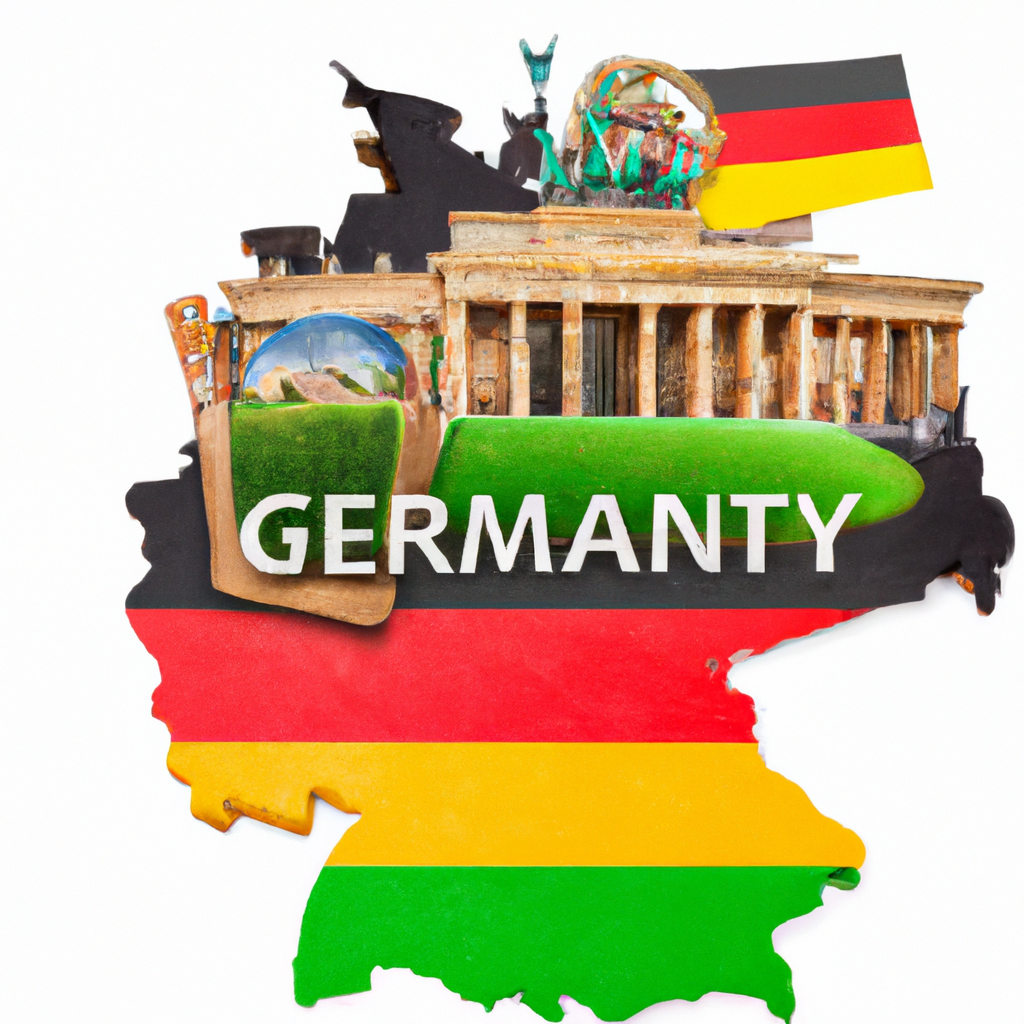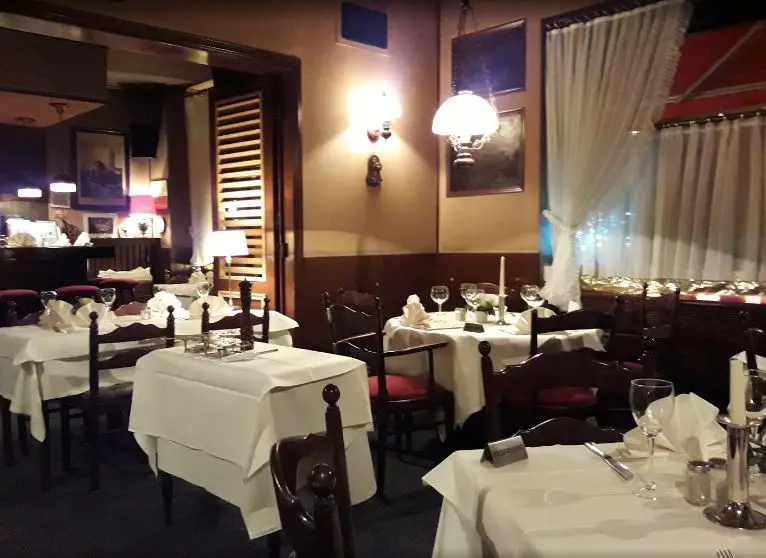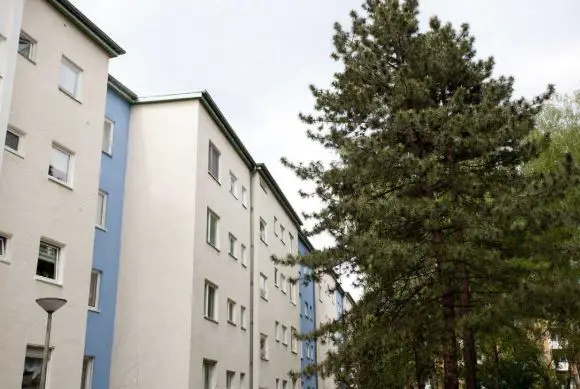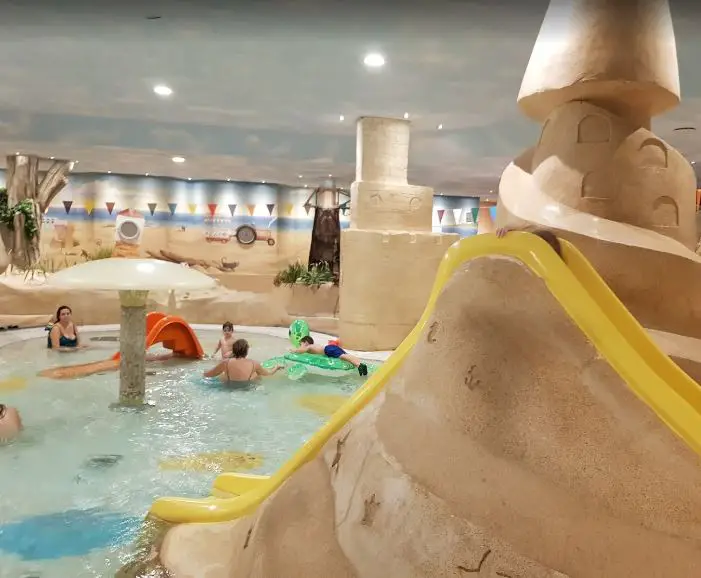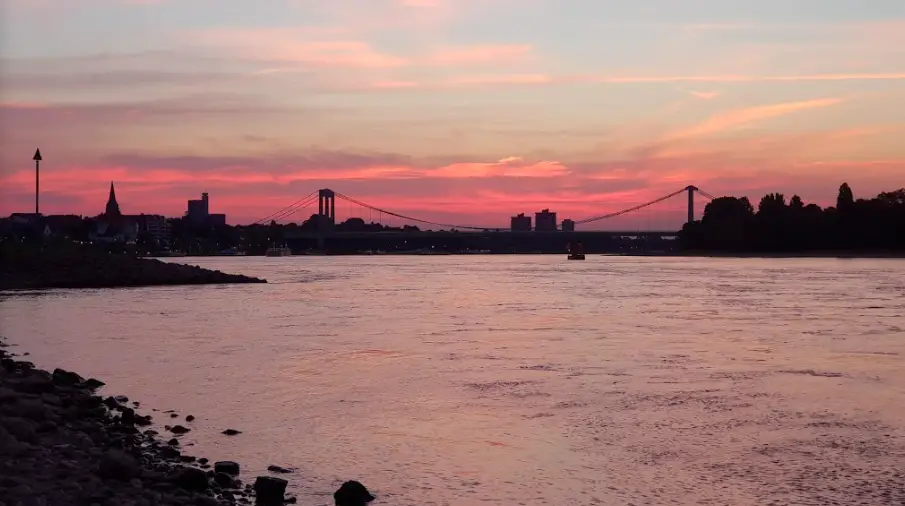Can I see historical Roman sites in Germany?
Post ByAdequate Travel
Summary
Are you looking to explore the ancient sites of the Roman Empire? Germany is home to some of the greatest Roman monuments, ruins, and ancient sites in all of Europe. From the Roman baths and aqueducts in Niederbieber to the lakeside fortresses in Neuruppin, come and explore all that Germany has to offer.
Stay informed about any travel restrictions or travel rules in place, as they may vary depending on your destination within the country.
Yes, you can see historical Roman sites in Germany. While Germany may not be known for its Roman ruins as much as countries like Italy and Greece, there are still several significant Roman sites that can be explored. These sites showcase the remnants of Roman settlements, military structures, and other historical artifacts.1. The Roman Limes:The most prominent Roman sites in Germany are part of the Roman Limes, a series of fortifications and watchtowers that marked the northern frontier of the Roman Empire. The Limes stretches across multiple countries, but in Germany, it can be seen with the following examples:- Saalburg Roman Fort and Limes (near Frankfurt): The Saalburg is a meticulous reconstruction of a Roman fort that was part of the Limes. Visitors can explore the fort, which includes reconstructed buildings, a museum, and an archaeological park.- The Roman Limes Museum (near Nuremberg): Located in the town of Weißenburg, this museum provides insights into the Roman frontier and its impact on the region. A walk along the reconstructed Limes Wall is also possible.2. Trier - Augusta Treverorum (Trèves):Trier, often referred to as Augusta Treverorum in Roman times, is known as the "Rome of the North" due to its numerous Roman monuments. Some key examples include:- Porta Nigra: This impressive gateway is the largest Roman city gate north of the Alps. It was originally built as part of the city walls and later converted into a church.- Amphitheater: Trier's amphitheater was a place for gladiator contests and other spectacles during Roman times. Though partially ruined, it is still possible to visit the site and explore its remains.- Baths of Constantine: These baths were among the largest public bathing complexes in the Roman Empire. While only ruins remain, they provide a fascinating glimpse into the grandeur of ancient Roman architecture.3. Xanten Archaeological Park (APX):Located near the Dutch border, the Archaeological Park in Xanten showcases the remains of the Roman colony Colonia Ulpia Traiana. It was once one of the largest Roman settlements on German soil, and today offers reconstructed buildings, a museum, and various events and demonstrations.4. Mainz:Mainz, or Mogontiacum as it was called by the Romans, was an important Roman military camp and later a bustling city. Some highlights include:- Mainz Citadel and Roman Theater: The Mainz Citadel is a preserved fortification that marks the historical center of the city. Adjacent to it lies the well-preserved remains of a Roman theater.- Roman-Germanic Central Museum: This museum exhibits a wide range of artifacts from various Roman settlements in Germany. It provides valuable insight into Roman life and culture.These examples highlight the fascinating Roman heritage in Germany. While some sites may consist of ruins or reconstructions, they still offer valuable historical and cultural experiences for visitors.
Yes, you can see historical Roman sites in Germany. While Germany may not be known for its Roman ruins as much as countries like Italy and Greece, there are still several significant Roman sites that can be explored. These sites showcase the remnants of Roman settlements, military structures, and other historical artifacts.1. The Roman Limes:The most prominent Roman sites in Germany are part of the Roman Limes, a series of fortifications and watchtowers that marked the northern frontier of the Roman Empire. The Limes stretches across multiple countries, but in Germany, it can be seen with the following examples:- Saalburg Roman Fort and Limes (near Frankfurt): The Saalburg is a meticulous reconstruction of a Roman fort that was part of the Limes. Visitors can explore the fort, which includes reconstructed buildings, a museum, and an archaeological park.- The Roman Limes Museum (near Nuremberg): Located in the town of Weißenburg, this museum provides insights into the Roman frontier and its impact on the region. A walk along the reconstructed Limes Wall is also possible.2. Trier - Augusta Treverorum (Trèves):Trier, often referred to as Augusta Treverorum in Roman times, is known as the "Rome of the North" due to its numerous Roman monuments. Some key examples include:- Porta Nigra: This impressive gateway is the largest Roman city gate north of the Alps. It was originally built as part of the city walls and later converted into a church.- Amphitheater: Trier's amphitheater was a place for gladiator contests and other spectacles during Roman times. Though partially ruined, it is still possible to visit the site and explore its remains.- Baths of Constantine: These baths were among the largest public bathing complexes in the Roman Empire. While only ruins remain, they provide a fascinating glimpse into the grandeur of ancient Roman architecture.3. Xanten Archaeological Park (APX):Located near the Dutch border, the Archaeological Park in Xanten showcases the remains of the Roman colony Colonia Ulpia Traiana. It was once one of the largest Roman settlements on German soil, and today offers reconstructed buildings, a museum, and various events and demonstrations.4. Mainz:Mainz, or Mogontiacum as it was called by the Romans, was an important Roman military camp and later a bustling city. Some highlights include:- Mainz Citadel and Roman Theater: The Mainz Citadel is a preserved fortification that marks the historical center of the city. Adjacent to it lies the well-preserved remains of a Roman theater.- Roman-Germanic Central Museum: This museum exhibits a wide range of artifacts from various Roman settlements in Germany. It provides valuable insight into Roman life and culture.These examples highlight the fascinating Roman heritage in Germany. While some sites may consist of ruins or reconstructions, they still offer valuable historical and cultural experiences for visitors.
Suggested Questions
- Bückeburg Castle, Bückeburg: Horror Story, History & Paranomial Activities
- Burg Hohenwerfen, Werfen (near the German-Austrian border): Horror Story, History & Paranomial Activities
- Schloss Rheinfels, St. Goar: Horror Story, History & Paranomial Activities
- Bürgerspital, Würzburg: Horror Story, History & Paranomial Activities
- Bastei Bridge, Saxon Switzerland National Park: Horror Story, History & Paranomial Activities
- Ettal Abbey, Ettal: Horror Story, History & Paranomial Activities
